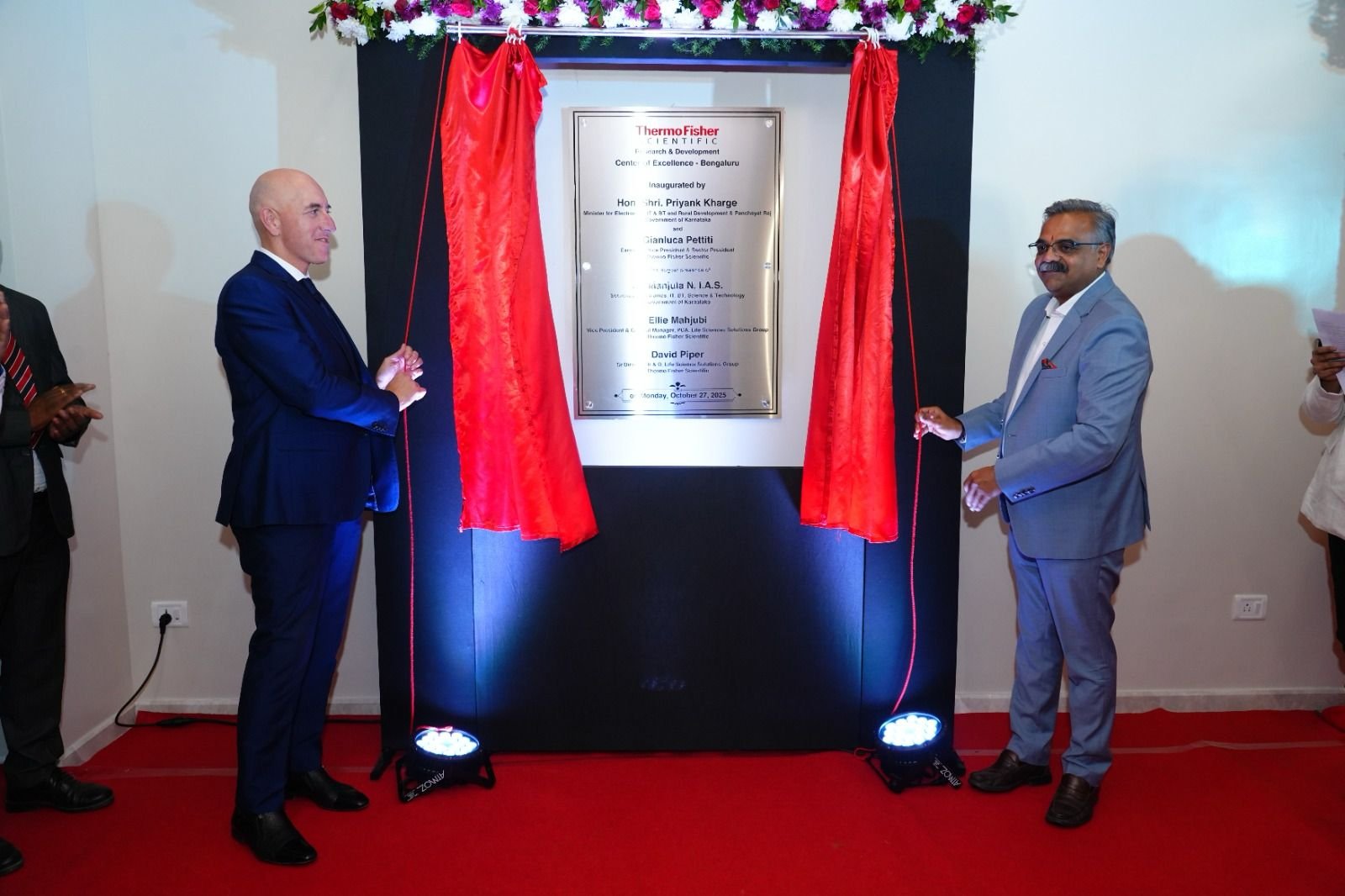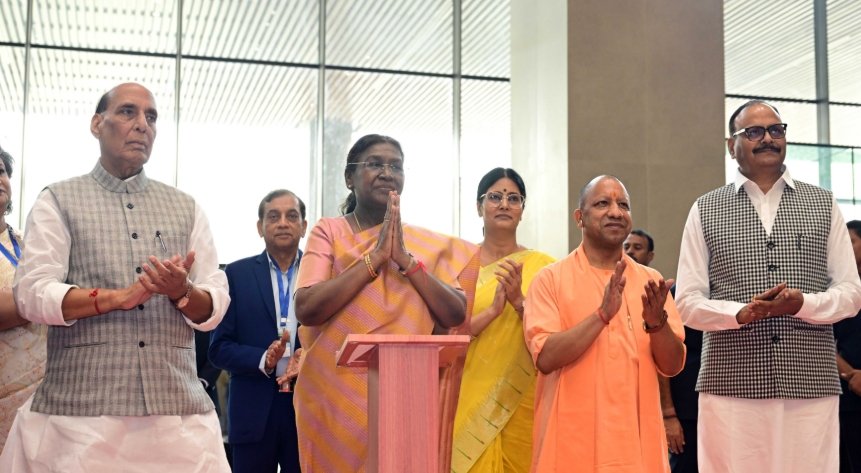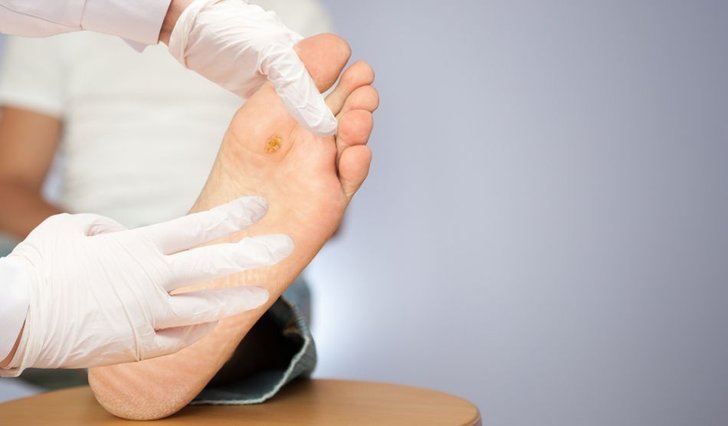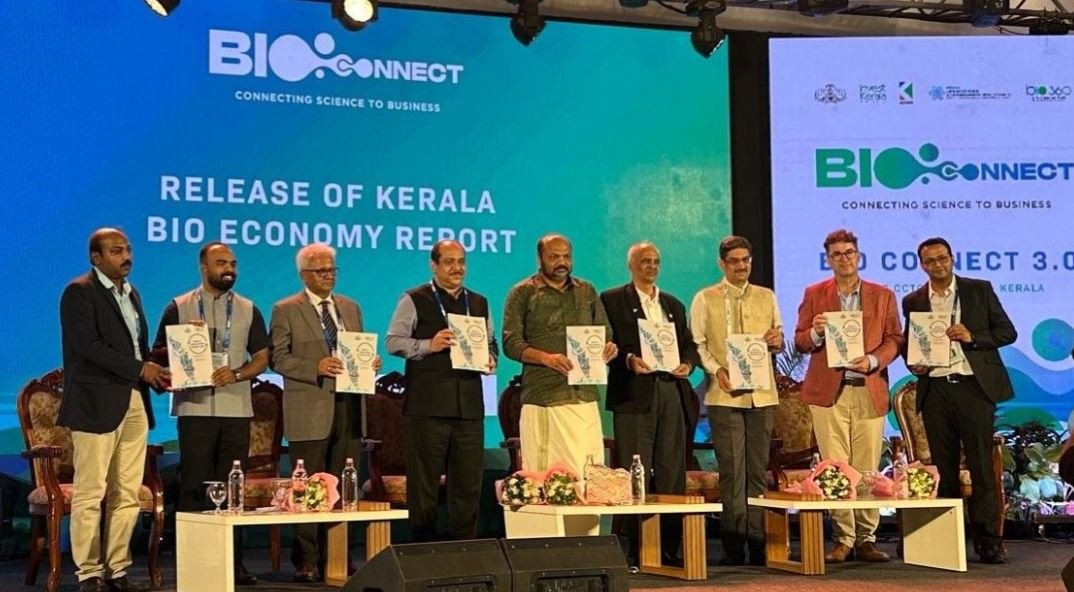 |
Dr Murali P Muthuswamy,
president, ABLE |
Political events in India and the government's lack of conviction on policy matters have taken their toll on India's image as an attractive investment decision. The change in the country's credit rating outlook by global credit rating agencies has further dealt a blow.
Dr Murali P Muthuswamy, president, Association of Biotechnology Led Enterprises (ABLE); MD and CEO of India operations, Evolva Biotech, says that the outlook is all but dim for the bioscience industry with a growth rate hovering around the 20 percent mark.
In an email interview with BioSpectrum, he talks about whether the scale down and threat of junk rating has affected investor sentiments in the biosciences industry.
Q
Do you think the change in India's credit rating outlook by Standard & Poor's has affected the pharmaceutical and biotechnology industries?
Dr Murali: To answer this question let us look at some of the present figures for pharma and biotech sectors in India:
- As per the 10th annual BioSpectrum-ABLE Biotech Industry Survey for India this year, “Amidst uncertain economic conditions, the biotech industry has performed creditably to cross the $4 billion (
 20,000 crore) revenue mark for the first time ever. It is clear that the industry growth will hover around 20 percent growth rate in the near future. Many other industry segments will be happy to have such a steady growth rate. This translates to a compounded annual growth rate (CAGR) of 24.18 percent between 2002 and 2012�
20,000 crore) revenue mark for the first time ever. It is clear that the industry growth will hover around 20 percent growth rate in the near future. Many other industry segments will be happy to have such a steady growth rate. This translates to a compounded annual growth rate (CAGR) of 24.18 percent between 2002 and 2012�
- Other reports have stated that an opportunity worth $70 billion in similar biologics beckons India's biotech industry as we approach the “patent cliff� years of 2015-16
- Again, India's pharmaceutical industry has witnessed a robust growth from $11.4 billion in 2010 to $13 billion in 2011 to $17.4 billion in 2012 with a scorching pace of growth of 15 percent. The industry ranks 3rd in terms of volume globally. Projects worth more than $1.2 billion are currently under implementation at various stages, suggesting massive investments by Indian pharmaceutical companies
- Also, it is important to note that the healthcare industry has grown from $71.8 billion in 2011 to $77.3 billion in 2012 at a growth of 7.6 percent (11% in rupee terms)
- The medical devices market has grown from $3 billion in 2011 to $3.2 billion in 2012, growth of 8% (12.2% in rupee terms)
So, to me the answer is that this sector has largely not been affected. However, India's pharmaceutical Risk/Reward Rating (RRR) score has dropped from 56 in Q212 to 54.4 in Q312 due to fall in its industry risks and country risk scores. As a result, India's position on the proprietary ranking system is now 10th out of 18 countries, falling a position behind New Zealand.
Q
Do you think credit ratings from such agencies matter?
Dr Murali: To understand ratings, it is important to look back in history. Credit agencies have come under fire for giving no indications or favorable ratings to firms such as Enron Corp and Lehman Brothers before their collapse.
In 2009, Moody's issued a report titled, Investor fears over Greek government liquidity misplaced; within six months, the country was seeking a bailout.
Recently, HDFC chairman, Deepak Parekh suggested that these rating agencies need to be “rated�. Not all of them have sufficient exposure to the dynamics and intricacies of this industry due to diversity and complexity. Also, there are several pockets of growth that are still not tapped, and it is very unlikely that such agencies may even know about it. Many such ratings are a rear view mirror and may not foretell about future prospects accurately. Also, there are clear cases where rating agencies have not got their data right.
So, my worry as a citizen and not being an economist is, how do I trust these ratings? Also, how much importance should I give them?
Q
Has there been a negative impact on foreign direct investment in the pharmaceutical and biotechnology sectors because of the negative credit rating and government flip-flops on FDI?
Dr Murali: In August, India's foreign investment approval authority cleared eight pending proposals of foreign drug companies to buy stakes in local companies.
As per the decisions from inter-minsterial group on FDI in pharma, India allows 100 percent FDI in greenfield projects and 49 percent in brownfield projects by the automatic route, while above 49 percent in brownfield requires approval from the FIPB. The group has also decided that a multinational firm buying a stake higher than 49 percent in an Indian pharma company will maintain the same level of investment in research activities and production of essential medicines for five years.
According to some officials, the foreign partner that will gain substantial shareholding in the company will have to assure the government that none of the essential drugs produced by the Indian company will be discontinued after foreign investment. They may also be asked to invest five per cent of their turnover in research and development relating to drug that address India specific health problems.
Globally, several countries look at India for providing affordable healthcare and it is even more important to do so for Indian citizens. The government reserves its right to take decisions that are most favorable to its citizens. From this perspective, greenfield projects may be more beneficial to India, given its potential to create new jobs and an ecosystem around it rather than brownfield projects.
Q
If you were to give a five-point plan for the government to encourage biotech what would it be?
Dr Murali: - Bring in a transparent and path- breaking regulatory landscape
- Incentivize financial institutions that invest into this sector. Usher in a climate where SMEs can raise capital from the market. Biotech start ups make losses for a decade before they start making money
- Provide impetus for Indians living abroad to return and work for the country
- Starting a company and closing one should be simple. Also adequate infrastructure to foster growth of SMEs must be put in place by the government
- Boost for “integrated� cold storage warehouses at major ports are required to facilitate temperature sensitive biotech shipments in bulk. Also, the time taken by the customs could be reduced for regular shipments.
Q
What are the major events in the coming years that could be game changing for the biotech industry?
Dr Murali: The cost of sequencing is coming down rapidly. Personalized medicines will therefore be the way forward. Similarly, regenerative medicine will start emerging as an important area to repair and provide. Manufacturing will shift from the West to Asia, as we would be providing very valuable skills in processes that would make production cheaper.
Note: This interview was conducted several weeks prior to the announce-ment of the new economic reforms by the Union Government on September 21, 2012
Manasi Vaidya









